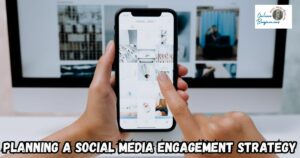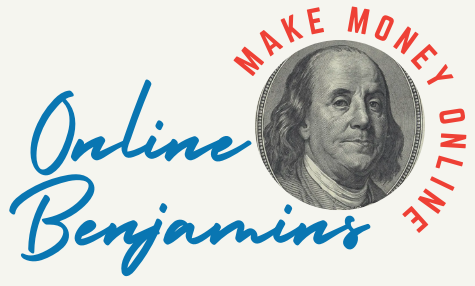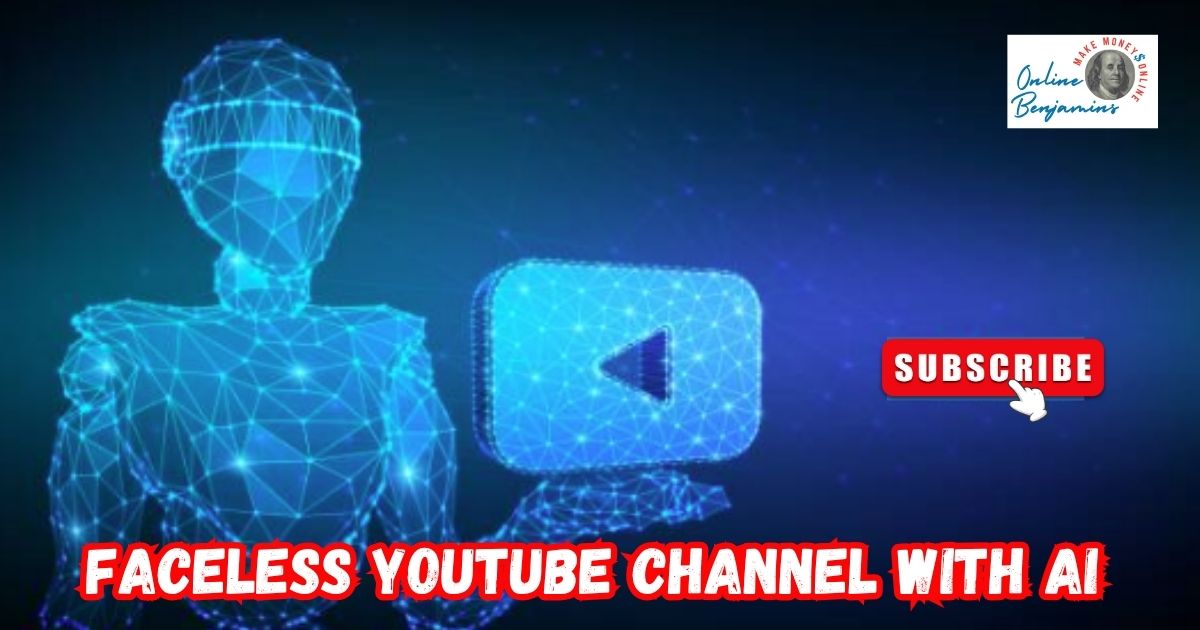Creating a faceless YouTube channel using AI is a practical way to share content while maintaining your privacy. I love how this approach allows me to focus solely on sharing my message and creating solid content, instead of stressing about being on camera.
QUICK LOOK: – 7 Steps for Using AI for Faceless YouTube Channels
- Choosing Your Niche: AI tools like ChatGPT helped me brainstorm, generating lists of popular YouTube channel ideas or suggesting some catchy channel names in my areas of interest.
- Generating Content Ideas: AI tools were useful for busting through creative blocks. I’d type prompts into ChatGPT or other chatbots to get extensive lists of video ideas.
- Scriptwriting: Services like ChatGPT, Jasper, and Copyai can turn a short prompt into a full script or detailed outline. I just drop in my main point, and the tool creates a script in whatever style I want—casual and fun for lifestyle content or direct and concise for educational pieces.
- Visuals & Voiceovers: AI-powered text-to-speech tools like ElevenLabs, MurfAI, and PlayHT convert my scripts into realistic voiceovers. I can pick different voice styles, tweak the pacing, or add emotion so that each video fits the topic and mood. For the visual side, I often use InvideoAI or VEEDIO. These tools can take a script and build it into a video with graphics, stock footage, or even AI-made animated scenes.
- Editing: AI editors like Wondershare Filmora or InvideoAI’s built-in tools help me trim silences, pop in automatic captions, or blend transitions with just a few clicks. This makes my final cut far less choppy and more inviting to viewers.
- Music: AI song generators like AIVA and Amper Music build soundtracks tailored to the video’s vibe and pace. I can pick mellow, high-energy, or suspenseful tracks depending on the story I’m telling; this brings each episode to life and gives my channel a unique atmosphere.
- Optimization: SEO tools like vidIQ and TubeBuddy help me find the right keywords, tags, titles, and descriptions. Doing this research up front boosts my video’s chances of showing up in searches, which means more organic growth for my channel.
You can dish out educational videos, narrate interesting facts, or keep people entertained with stories—all without public recognition or owning fancy camera equipment. Here’s how I handled the whole process, from idea all the way to a published video, and I’ll walk you through the key steps if you’re considering launching your faceless channel.
Choosing Your Channel Niche and Content Approach
Picking your niche is the first key decision. When I was coming up with ideas, I asked myself what topics ignite my curiosity and what kind of videos I enjoy. AI tools like ChatGPT helped me brainstorm, generating lists of popular YouTube channel ideas or suggesting some catchy channel names in my areas of interest. This made me feel a lot more certain about finding a good direction.
Looking at what’s already trending helped too. By searching YouTube for successful faceless channels, I tracked down what kinds of content attract large audiences, be it top 10 lists, educational explainers, or tech reviews. Once I landed on a topic, I thought about which formats would work best—whether that’s scripted narration with slides, animations, screen recordings, or even AI-created avatars.
Generating Video Ideas and Planning Content Using AI
With my niche set, AI tools were useful for busting through creative blocks. I’d type prompts into ChatGPT or other chatbots to get extensive lists of video ideas. Sometimes, I’d ask about what’s popping off in my niche now or get a full month’s video calendar, complete with snappy title suggestions. This approach keeps my idea bank up to date and closely tied to what viewers want to watch.
Platforms like Google Trends, vidIQ, and TubeBuddy help me spot what’s hot, so I’m not just throwing ideas at the wall. These trend analytics let me prioritize topics that have a real shot at grabbing viewers from the jump.
Scriptwriting Made Easy with AI
AI makes scriptwriting a breeze. Services like ChatGPT, Jasper, and Copyai can turn a short prompt into a full script or detailed outline. I just drop in my main point, and the tool creates a script in whatever style I want—casual and fun for lifestyle content or direct and concise for educational pieces.
If a draft feels too stiff, I either tweak the prompt or edit the script myself. I also put my text through grammar and rewriting tools like Grammarly and QuillBot. This way, I catch awkward phrases and make sure the flow sounds natural, giving the script that polished finish that makes narration more inviting.
Creating Visuals and Voiceovers Without Showing Your Face
Visuals and narration are vital for faceless YouTube channels. AI-powered text-to-speech tools like ElevenLabs, MurfAI, and PlayHT convert my scripts into realistic voiceovers. I can pick different voice styles, tweak the pacing, or add emotion so that each video fits the topic and mood. This sidesteps the anxiety of recording my voice and lets me keep things consistent from one episode to the next.
For the visual side, I often use InvideoAI or VEEDIO. These tools can take a script and build it into a video with graphics, stock footage, or even AI-made animated scenes. If I need something more custom, platforms like Midjourney or DALLE help me cook up unique images to illustrate my points. Creating a video based on a sequence of engaging visuals helps explain complex ideas and holds the viewer’s attention.
I like to mix real-world stock footage from Pexels or Pixabay with AI-made graphics, which saves me time and boosts production value. Blending these effects with appropriate visuals helps me create a consistent channel identity, whether I’m focused on tech, history, travel, or another topic.
Editing, Music, and Optimization Using AI Tools
Smooth editing makes each video more watchable and professional. AI editors like Wondershare Filmora or InvideoAI’s built-in tools help me trim silences, pop in automatic captions, or blend transitions with just a few clicks. This makes my final cut far less choppy and more inviting to viewers.
For music and effects, AI song generators like AIVA and Amper Music build soundtracks tailored to the video’s vibe and pace. I can pick mellow, high-energy, or suspenseful tracks depending on the story I’m telling; this brings each episode to life and gives my channel a unique atmosphere.
Designing thumbnails is quick thanks to Canva or AI image makers. I use big fonts, custom visuals, and strong colors to attract attention. People decide in seconds whether to click, so a next-level cool thumbnail makes a big difference in getting views.
When I’m ready to publish, SEO tools like vidIQ and TubeBuddy help me find the right keywords, tags, titles, and descriptions. Doing this research up front boosts my video’s chances of showing up in searches, which means more organic growth for my channel.
Things I Keep in Mind Before Launching a Faceless Channel
Creating with AI means being responsible and making sure I stick to YouTube’s guidelines. YouTube has specific policies on AI-made content, so I take care to avoid misleading material, respect creator copyrights, and focus on putting out good-quality videos.
- Originality: I always check that my work is unique and not a carbon copy of other channels.
- Consistency: Sticking to a schedule and niche helps build a community. For me, keeping a posting calendar keeps the momentum going.
- Community Rules: I double-check that any music, images, or stock footage I use are properly licensed. I make sure my AI content is original and doesn’t flag copyright systems.
- Audience Involvement: Even if you never show your face, jumping into the comments and posing questions in your videos helps foster a real audience. People appreciate active creators, even if you stay anonymous.
AI Voiceovers and Keeping Videos Fresh
AI voices can sound super realistic, but using the same voice all the time makes things repetitive. I mix things up by swapping voices, adding effects, or using background sounds. This keeps the listening experience fresh and engaging for my audience.
Challenges and How I Tackle Them
AI scripts sometimes feel generic, or visuals can come across as dull. My solution is to mix AI material with my personal touches. I punch up scripts with humor or unique info and modify AI visuals in regular editors so they better suit my brand.
Fact-checking is also key. AI can mess up details, especially with new events or education. I double-check my facts using trustworthy sources and provide references in video descriptions if the subject calls for it.
Extra Tips for Growing a Successful Faceless YouTube Channel
Don’t be afraid to experiment with different styles—add quizzes, tell stories, or bring in guest narrators to see what clicks with your viewers. I track analytics closely to see which videos spark the most reactions, likes, shares, and comments; then, I tweak my scripts based on this feedback. Staying flexible helps me keep growing my base and avoid burnout.
Learning some video editing basics, even if AI is doing most of the work, will help your channel stand out. I watched tutorials to feel at ease with adding transitions, syncing sound, and fixing awkward pacing. Even simple tweaks like background color or font can improve watch time.
If you’re budget-conscious, start with free or basic versions of AImade tools. Once your channel grows and money starts trickling in, you can upgrade to professional software for sharper results.
Common Questions About Faceless YouTube Channels
Based on talks with new creators, here are a few common questions:
Can I monetize faceless AI-generated YouTube channels?
Absolutely. Just make sure your videos are original and abide by YouTube’s monetization policies. Skip reused clips and always make sure you have the rights to external content.
Do I need expensive software or hardware to get started?
Not at all. Basic AI-made tools often have free versions, and most run from your web browser, so you can jump in with almost any computer.
How do I keep my channel unique if lots of people use AI now?
Put your spin on everything—edit scripts personally, pick standout visuals, or build a signature editing style. Even if other creators use the same tools, your unique approach will shine through and set your channel apart.
Final Thoughts on Using AI for Faceless YouTube Channels
Wrapping up, using AI to run a faceless YouTube channel is a legit way to get your message out there, expand your content’s reach, and protect your privacy. With a little creativity and a mix of personal touches, your channel can grow steadily and become something special.
Check Out Our Most Recent Articles:
- The Role Of Advertisements In Monetizing Content

- Video Content: 6 Tips for Boosting Engagement On Social Platforms

- A 4 Phase Guide to Creating Platform-Specific Content

- Analyzing Social Media Metrics For Content Success

- The Impact Of AI On Content Personalization

- How To Build A Social Media Engagement Strategy in 7 Steps

Wishing You Much Success in Growing Your Faceless YouTube Channel,

- onlinebenjamins.com
- thebeachangler.com
- thesinnerinthemirror.com
- Facebook: Online Benjamins
- Twitter: @onlinebenjamin1
- Instagram: dotcomdinero
- YouTube: Online Benjamins
Rex
P.S. If you have any questions or are unsure of anything, I am here, and I promise I will get back to you on all of your questions and comments. Just leave them below in the comment section. Follow me on Twitter: @onlinebenjamin1, Instagram: dotcomdinero, and Facebook: Online Benjamins.
Hi,
Thanks for stopping by and congratulations for taking the first steps to building your own online business. I’ve been in business both offline and online since 1997. I would consider it an honor to help you build your business. Father of 3, life long outdoorsman with an education in Genetics and Economics. This site is about cutting through the BS and finding the real opportunities in the online world. I look forward to working with you.



